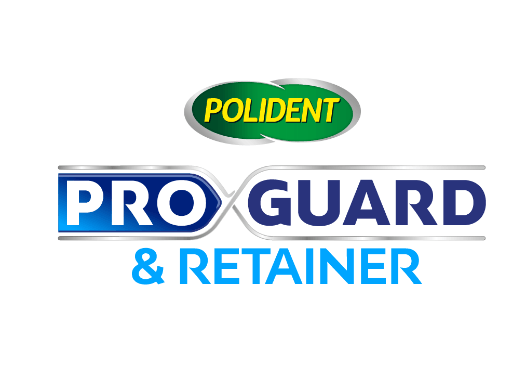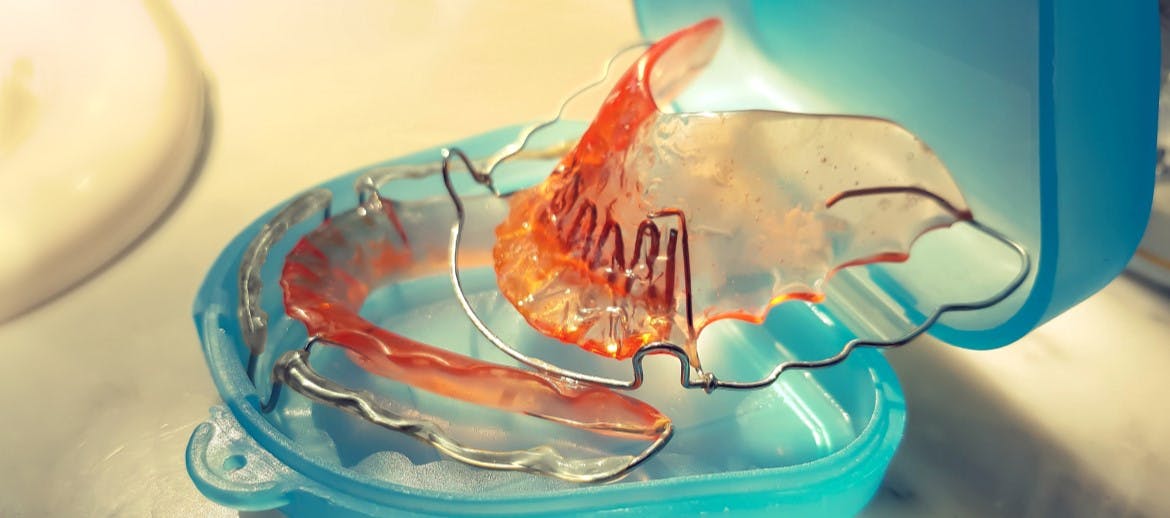All Types of Removable Retainers
If you have had orthodontic treatment to realign or straighten your teeth, retainers are a good way to protect your investment in your smile. While your dentist will advise you on which one is right for your teeth, it can help to have an idea of the different types of retainers to inform your discussion and see which one will be right for your needs.
Why do I need a retainer?
While there are different types of retainers, they all fulfill a very specific need – to protect your smile. After orthodontic treatment your teeth are still vulnerable to their ‘dental memory’ and if left alone they may move. Regularly wearing retainers helps to keep them where they need to be while giving your gum and supporting bone time to adjust.
Choosing between different types of retainers
As you and your retainer will be spending a lot of time together, it’s important to discuss with your dentist the type of retainers that will suit you. Key things to consider will be the impact on your appearance and speech, the way they look and feel, the materials used, comfort, hygiene, durability, cost and whether you want the flexibility to remove the retainer when you want to eat, clean it or kiss.
Read on to discover some of the pros and cons for the different types of removable retainers. It’s not a one size fit all approach.
Hawley retainer
Made from a combination of metal and plastic, the Hawley retainer can be both durable and practical. The metal construction can allow for adjustment after the initial fitting and may also be removed for eating and cleaning. The metal construction may remain visible in front of the teeth while worn. It’s also important to regularly clean the retainer as per your dentist's advice to avoid the build up of plaque bacteria that can cause bad breath or discoloration.
Essix retainer
If you’re looking for an ‘invisible’ retainer that won’t take the attention away from your smile, then you may want to discuss a retainer with your dental professional. These removable retainers are custom fitted to your mouth. They are less noticeable than a wire retainer while also doing a good job of keeping your teeth in place – provided that you remember to wear them regularly as advised by your dentist. The trade-off of using a thinner plastic is that they may need replacing frequently and, like all retainers, they require regular cleaning to prevent the build up of plaque bacteria that can cause bad breath or discoloration.
Whichever retainer type you and your dentist decide is right for you, you should make sure your dental professional is completely satisfied.





